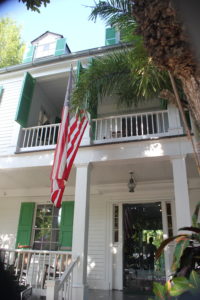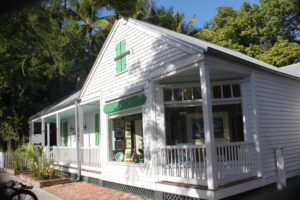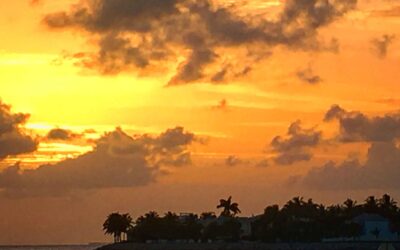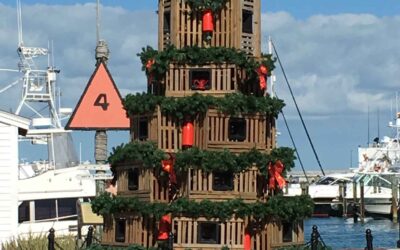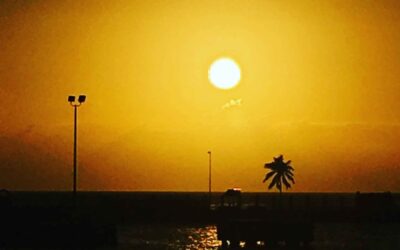The Audubon House located at the corner of Whitehead and Green Streets is a beautiful example of American Classic Revival Style. The home was built in the 1840’s by Captain John H. Geiger. Captain Geiger was a skilled maritime pilot and master wrecker. He decided to build the home for his family after the October 1846 hurricane.
In 1832 John Hames Audubon visited Key West to study and sketch the birds of the Florida Keys.
On March 18, 1960, Mitchell and Francis Wolfson dedicated the home as a museum and named it the Audubon House. This was to commemorate the 1832 visit by John Audubon. The House exhibits original engravings of Mr. Audubon. The restoration of the home sparked the preservation and restoration movement in Key West.
Although John Audubon never lived in the home, he did visit Key West. He stayed in town twice during his 1832 exhibition. He first arrived in Key West on May 4, 1832 and stayed until May 10th when he sailed to the Dry Tortugas. There he spent his time drawing tropical birds. It was the perfect time to observe the birds as it was nesting time on the Dry Tortugas. He returned to Key West on May 16, 1832 and then left on May 22. He had planned a second trip to the Keys but the breakout of the Second Seminole War made traveling to Florida too dangerous.
Captain Geiger, and his family, lived in the home for four generations – over 110 years. It was slated for destruction in 1958 but the Wolfson Foundation saved the home. The home is furnished with antiques of the time as well. Construction on the home was from 1846 until 1849. During this time, Captain Geiger was one of the wealthiest men in Key West. He chose the location of the home, at the corner of Whitehead and Greene Streets because all could see its grandeur from the waterfront. At the time, the Custom House had not yet been built, so the home has an unobstructed view of the waterfront. The original home had a cupola at the top, which gave Captain Geiger a very good vantage point of the water. This was very important for a wrecker.
Captain Geiger married Lucretia Saunders and they had 12 children. Seven daughters and two sons survived to adulthood. At the height of his wealth, (1840 – 1860), Captain Geiger had slaves on the property, which was approximately 6 acres in size. The slaves worked around the house and in the wrecking business.
The entire home is constructed with mortise and tenon joints. The wooden frame and all of the floors are made from Dade County Pine. Dade County Pine is almost extinct, but is almost impervious to termites. The exterior doors are made from cypress and the staircase is mahogany.
The last Geiger to live in the home was Captain William Bradford Smith. He was a recluse and lived alone in the house for almost 20 years without electricity, running water or an indoor kitchen. At his death, in 1956, the home had fallen in such disrepair, it was shuttered and two years later was slated to be destroyed.
The Wolfsons stepped in and saved the home. The Wolfsons came to Key West in the 1870’s. They owned a dry goods store on Duval Street. In the 1920’s they relocated to Miami, but kept their close ties to Key West. Jessie Porter, Miss Jessie, contacted the Wolfsons in 1958 to let them know the house was slated for demolition. The Wolfsons decided to save the home and turn it into a museum to honor John Audubon’s 1832 visit to Key West.
It took two years to restore the home. During the restoration, electricity was installed into the home. The museum was opened in 1960.
Today, it is reported several ghosts live on the property. As you walk by at night, keep a close look out and listen for them. It is said children’s voices and laughter has been recorded with ghost hunting equipment. Captain Smith, the last Geiger to live in the home, has been reportedly seen on the third floor.

